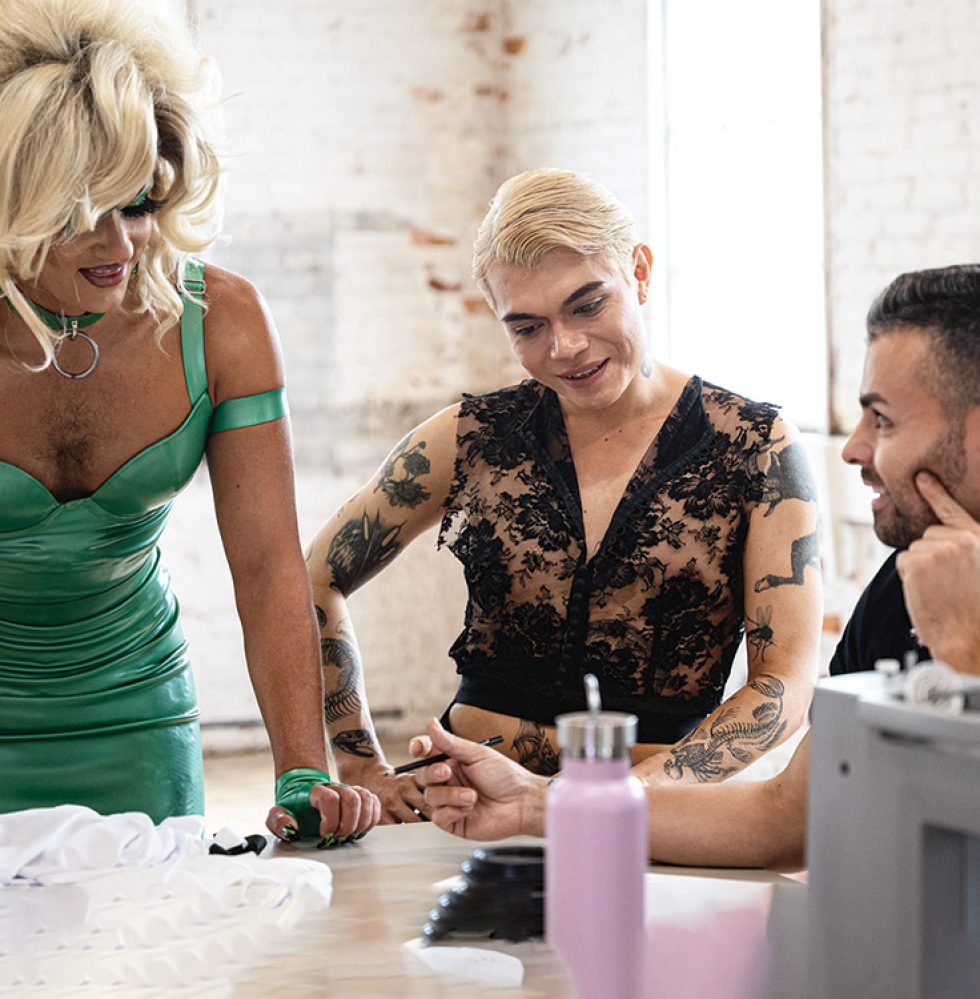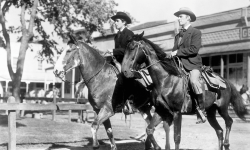
While parts of Hollywood tiptoe backward on LGBTQ+ rights amid MAGA-fueled DEI backlash, Canada’s OUTtv is strutting forward in heels — unapologetically and internationally.
Billed as the world’s first LGBTQ+ TV network, OUTtv launched in 2001 with a major assist from Canada’s broadcast regulator, which granted it “must-carry” status — meaning cable providers were required to include it in basic TV packages. That early boost helped the channel survive its startup years in the red light district high up on the Canadian TV dial.
But under CEO Brad Danks, OUTtv has morphed into a scrappy global streaming player, now available on Prime Video (North America, Australia, New Zealand), Apple TV+ (U.S. and Canada) and the Roku Channel (U.S.).
“We really said, ‘It’s time to put our big-boy pants on and make our own content,’” says Danks. A big bet on streaming platforms in international markets was also caused by OUTtv early on finding licensing content increasingly impossible or too costly to obtain, not least as emerging streamers nabbed series rights as they entered the Canadian market.
So OUTtv joined the original series game to attract subscribers on cable and digital platforms. OUTtv pivoted to such originals as Call Me Mother (a drag queen competition), Sew Fierce (for drag wardrobe designers) and Drag House Rules (a satirical spin on the genre).
Canada’s earlier embrace of queer rights — including same-sex marriage in 2005 — also gave OUTtv a head start as the Canadian Supreme Court ruling in 2005, a decade ahead of a similar U.S. Supreme Court ruling, opened the way for greater gains for Canadian queer communities.
To be certain, divided Canadians still debate trans athletes, gender-inclusive bathrooms and drag queen events, but with less hate-filled speech than stateside. Still, Danks says, a backlash is bubbling. “There’s been a real conservative revival,” he notes. “I get arguments from people I haven’t seen in 25 years — about spreading disease and mental illness and all that stuff.”

Sew Fierce is a reality competition series in which drag wardrobe designers compete to create unique looks for runways.
Courtesy of OutTV
The hate mail is, however, louder in the U.S., where OUTtv expanded via streaming deals. “You get kind of used to it,” Danks shrugs. “But it’s on a higher volume level.” He adds Canada faces its own retreat on queer rights in recent years, compared to a decade ago.
That backlash in Canada coincides with the MAGA movement stateside. “I would not have thought the United States would have been in the throes of this democratic crisis they’re in right now. If you would have told me 15 years this would have been happening, I would have told you you’re crazy,” Danks argues.
OUTtv continues to expand into more precarious territories — recently partnering with Chunghwa Telecom in Taiwan — while navigating censorship and coded rejections abroad. “They’ll say it’s ‘niche’ or ‘controversial,’ ” Danks says. “But we know what that means.”
At the same time, major Hollywood studios melding into their global-facing streaming platforms has local broadcasters looking to differentiate themselves in an increasingly crowded TV market, and looking to OUTtv for partnerships.
All of which has allowed what began as a regulatory oddity on the Canadian dial to become a global platform for queer storytelling — porn-free, proudly indie and determined to keep growing. “It’s a marathon,” Danks says. “But we’re still running.”
This story appeared in the June 11 issue of The Hollywood Reporter magazine. Click here to subscribe.



